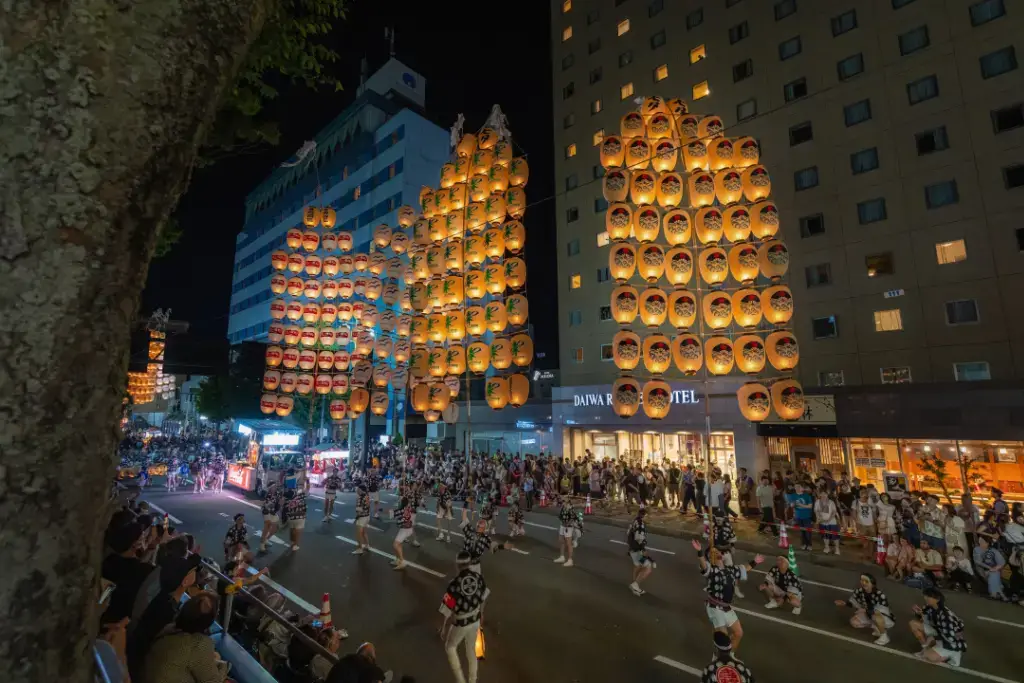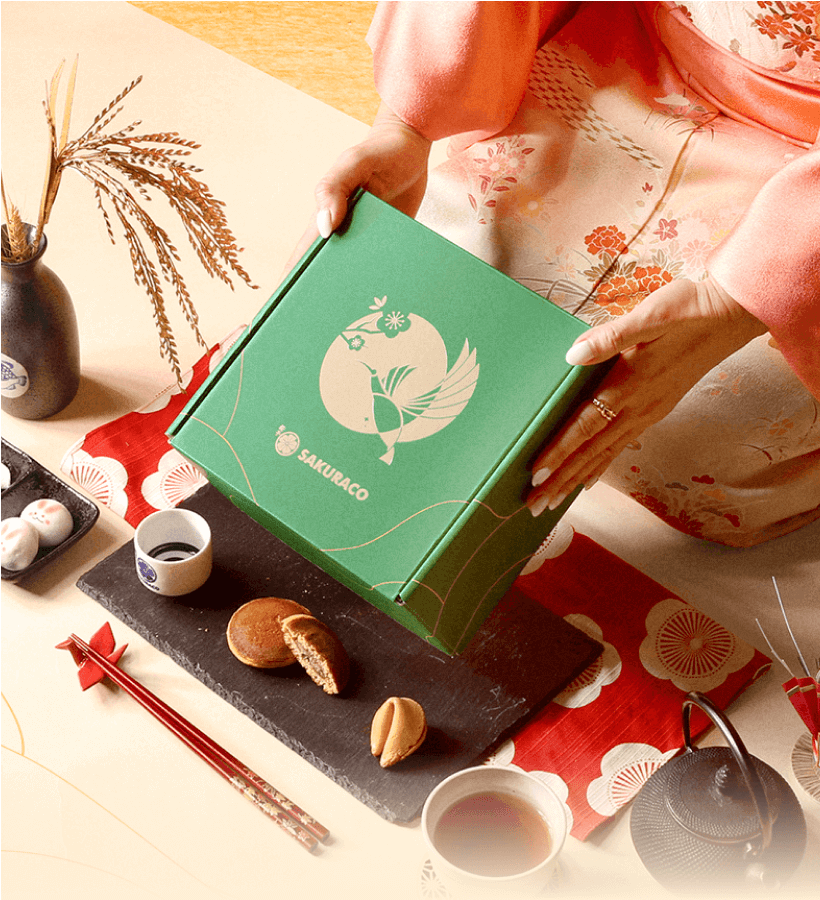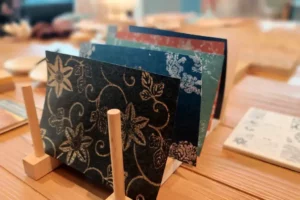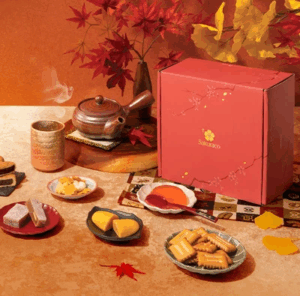Japan’s summer festivals are known for their energy and culture. Far from Tokyo, Akita ken hosts one of the nation’s most thrilling celebrations—the Akita Kanto Festival. This event involves ancient traditions, vibrant displays, and acts of incredible skill. Its special blend of culture and performance draws visitors from all over Japan.
It honors age-old customs while captivating modern audiences with incredible showmanship. This combination of strength and balance makes it a must-see. However, the artistry of its rhythmic music and glowing lanterns also leaves lasting impressions on all visitors. Today, we’ll learn about this dazzling festival, its history, and practical tips for visiting one of the region’s most iconic events.
Table of Contents
ToggleWhat is the Kanto Festival?
The Kanto Matsuuri is a summer event held annually from August 3rd to 6th in Akita City, Akita Prefecture. The Akita Kanto Festival, Aomori’s Nebuta Festival, and Sendai’s Tanabata Matsuri are the “big three”. The Tohoku region’s three great festivals attract visitors from all over Japan. Historically, the event aimed to offer prayers for health and a good harvest of rice, wheat, beans, and millet. But, as the centuries passed, it evolved into a lively celebration of Akita’s agricultural roots.
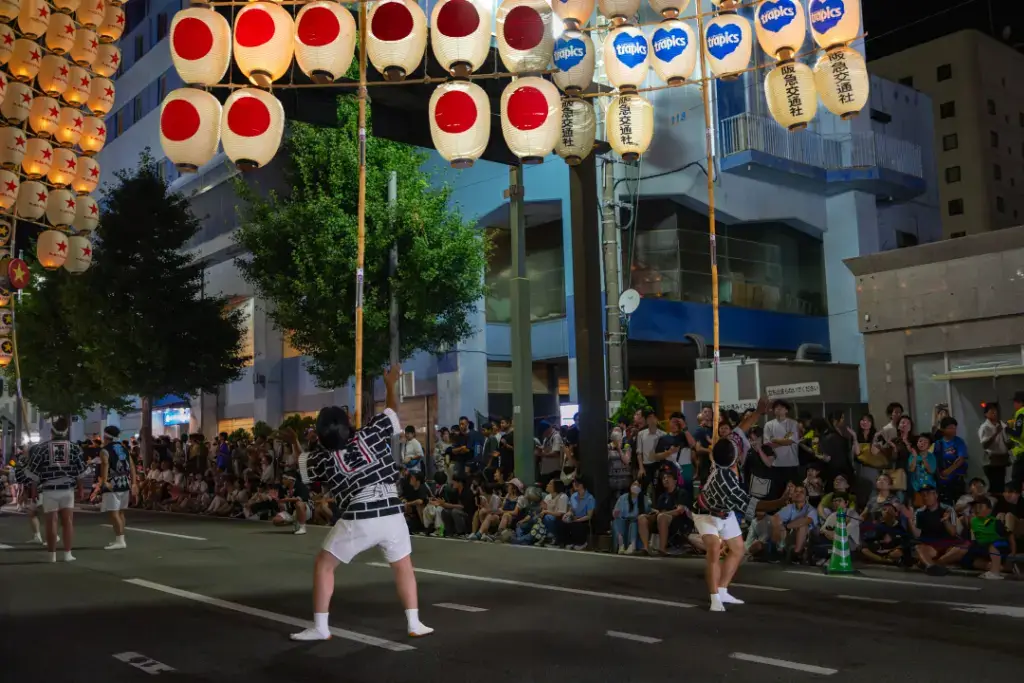
At the festival’s core is the kanto, a long, heavy bamboo pole. Performers, called sashite, showcase their strength and skill by balancing these poles on their bodies. The poles are designed to resemble rice plants, reflecting Akita’s farming heritage. Up to 46 lanterns symbolizing rice bundles hang from the poles’ crossbars. These are, in turn, lit by candles, creating a beautifully colorful scene.
What are the historical roots of the Kanto Festival?
The Kanto Festival began in the Edo period (1603–1868), around the 1750s. Then, it was known as Neburi Nagashi. This lantern-carrying ritual sought protection for farmers from fatigue and illness during the summer heat. By the Kansei era (1789–1801), the processions resembled today’s displays.
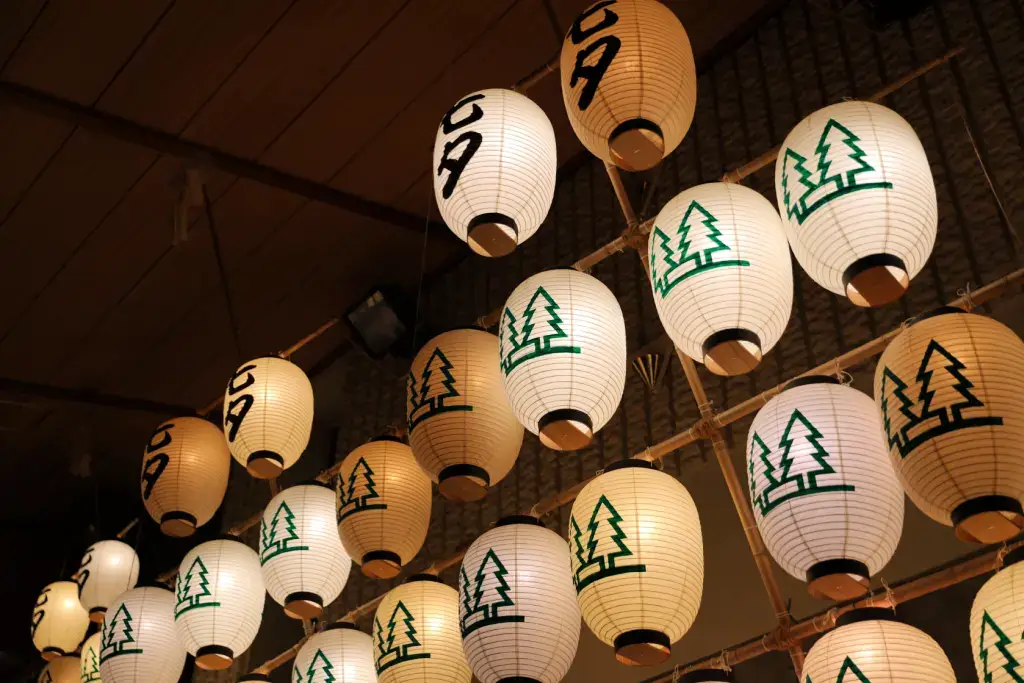
The festival’s time of year, close to Tanabata, caused it to eventually be merged with that festival, adding prayers for prosperity. By the 19th century, the matsuri had become an official Akita City event. Over time, the festivities expanded to include music, dance, and competitive performances.
Are you looking for great snacks to enjoy this summer? Check out Sakuraco! Sakuraco delivers traditional Japanese snacks, teas, and sweets from local Japanese makers directly to your door so you can enjoy the latest treats directly from Japan!
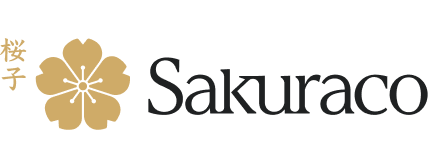
Daytime Events and Competitions
Daytime events occur from August 4th to 6th, from 9.00 am to 3:00 pm. The location, Nakaichi Plaza, is only a 10-minute walk from JR Akita Station. These sashite competitions focus on precision and skill, with judges evaluating balance and technique. Teams compete in solo, group, and musical performance categories. Competitions encourage a casual atmosphere by being free to watch. And visitors can even try lifting miniature kanto poles at Agora Plaza. The daytime activities complement the parades, which occur at night.
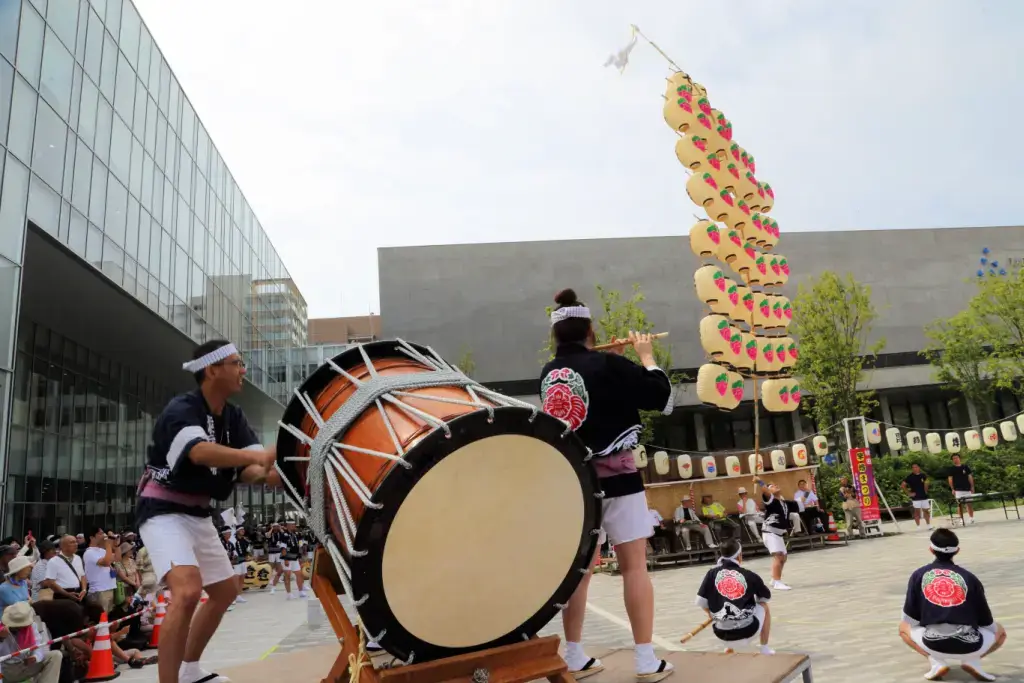
Night Performances
These are the main attractions. Over 280 kanto adorned with over 10,000 lanterns illuminate the night. The tallest poles can reach 12 meters (39 feet) and weigh up to 50 kilograms (110 pounds). Performers, accompanied by flutes and taiko drums, chant “Dokkoisho” to energize the crowd. The event entails five key kanto balancing techniques: Nagashi (flowing), hirate (flat-handed), gaku (forehead), kata (shoulder), and koshi (waist). Sashite switch every few minutes, ensuring continuous entertainment. Mastering this skill requires years of training, but the fureai session lets visitors try balancing smaller poles.
The festival’s night parades are held from 7:00 pm to 9:00 pm on Kanto Odori Street, a 15-minute walk from JR Akita Station. Viewing is free, though reserved seats cost 3,500–4,500 yen.
Local Culture and Attractions
Beyond the festival, Akita City offers other cultural and culinary delights. Food stalls known as kanto yataimura sell local treats like yokote yakisoba and inaniwa udon. The Omachi Event Plaza also hosts a Local Gourmet Festival, showcasing Akita’s diverse cuisine. The nearby Kanto Museum, or Neburinagashi-kan, provides year-round insights into the festival’s history. Also nearby, Senshu Park and Kubota Castle provide opportunities for sightseeing.
Why is the Kanto festival important?
The Kanto Festival is important because it preserves Akita’s agricultural traditions and displays the region’s spirit. It is now an Important Intangible Folk Cultural Property and UNESCO-recognized. It embodies Japan’s enduring connection to tradition, making it an excellent destination for cultural exploration. Historical rituals are also combined with vibrant performances.
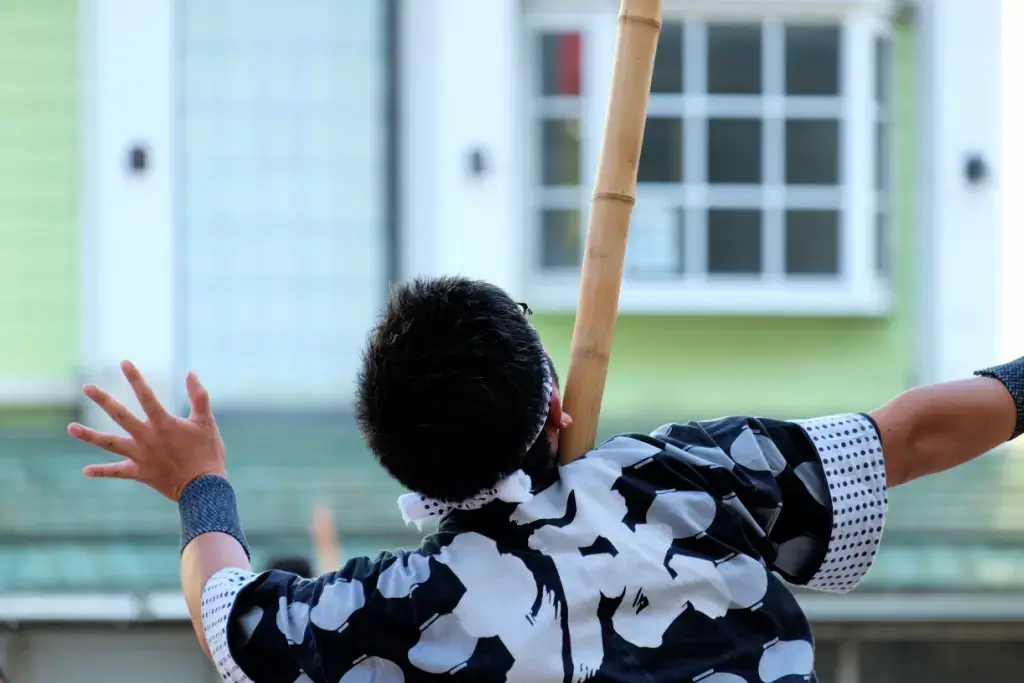
The glowing lanterns and skilled performers create a unique spectacle that ensures an exciting visit. These elements, combined with the centuries-old practice, preserve Akita’s past while stoking the interest of modern audiences. Akita’s openness to public participation and welcoming attitude make visitors feel welcome. The Akita Kanto Festival is worth a trip to the country’s north. Have you visited the Kanto Festival? What are some other notable facts or activities? Share your experiences or tips in the comments, and help others plan their visits!
Cited Sources
- Japan National Tourism Organization. “Akita Kanto Festival 秋田竿燈まつり“.
- Web Japan. “Japan Atlas: Akita Kanto Festival“.
- Stay Akita. “Kanto Festival | STAY AKITA – Depth of Beauty –“


